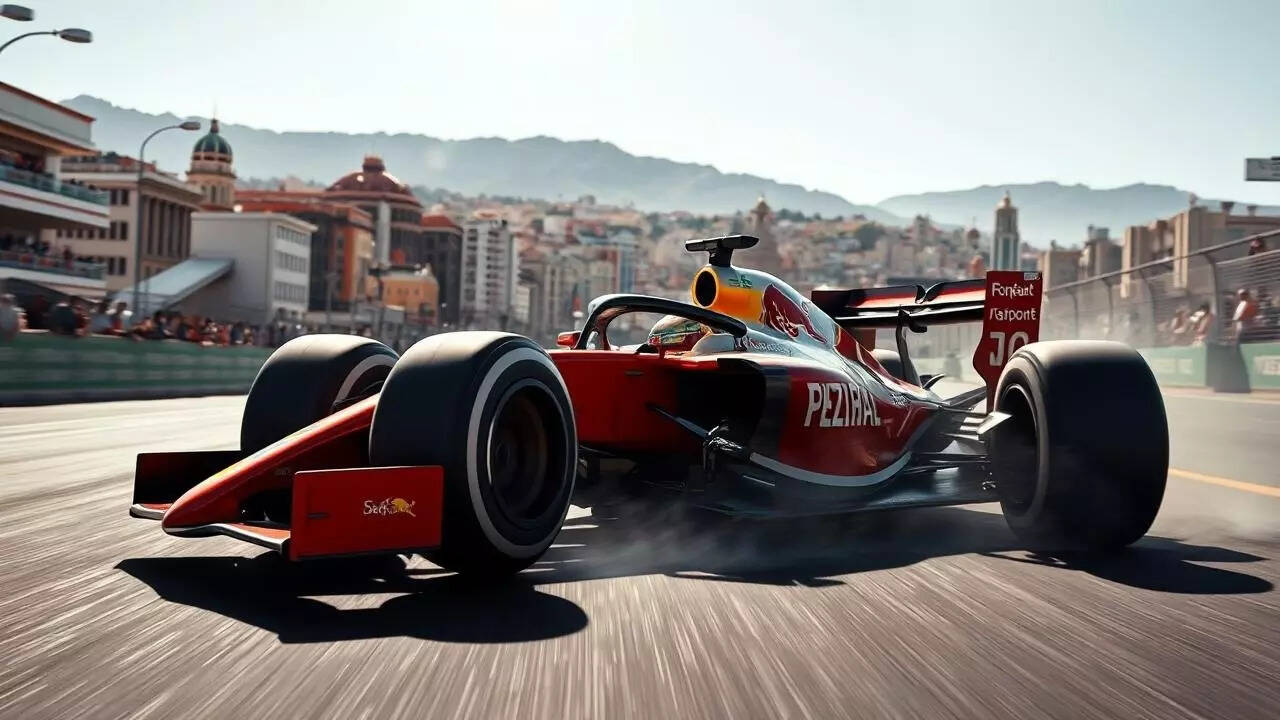How Formula One Teams Optimise Aerodynamics For The Mexico Grand Prix
The Mexico Grand Prix is one of the most unique challenges on the Formula One calendar, largely due to the extreme altitude of Mexico City. Situated over 2,200 metres above sea level, the circuit presents teams with a complex aerodynamic puzzle. Reduced air density affects downforce, drag, and cooling, which can significantly impact car balance and speed. Teams must adapt their designs, setups, and strategies to cope with these conditions, ensuring maximum performance without compromising stability. Aerodynamics at the Mexican GP is not just about speed—it’s about precision, control, and optimising every element to match the thin air of the high-altitude circuit.

Aerodynamics at the Mexico Grand Prix is a complex science that challenges both teams and drivers. Reduced downforce, altered airflow, and cooling demands require meticulous preparation and constant adjustments. By carefully balancing wing angles, bodywork, and cooling systems, Formula One teams can optimise speed, stability, and tyre performance in the thin air of Mexico City. Success in this high-altitude race is not simply about raw engine power—it is about engineering precision, strategic foresight, and mastery of aerodynamic fundamentals.

The Impact Of High Altitude On Aerodynamics
High-altitude conditions reduce air pressure, which directly decreases downforce and aerodynamic grip. Cars generate less suction on corners, making them more prone to sliding or understeer. Drag is also reduced, allowing higher straight-line speeds but reducing the effectiveness of aerodynamic components such as wings and diffusers. Teams must carefully balance these effects, choosing wing angles and aerodynamic settings that retain enough grip in corners while maximising speed on the long straights of the Autódromo Hermanos Rodríguez.
Adjusting Wing Angles And Bodywork
To tackle the unique aerodynamic demands, teams adjust front and rear wing angles to optimise downforce and maintain stability. Lowering wing angles reduces drag and increases top speed on straights, while slightly increasing angles enhances cornering grip. Sidepod and diffuser configurations are also fine-tuned to manage airflow and maintain stability through the stadium section’s tighter corners. Engineers spend hours in wind tunnels and on computational simulations to identify the perfect compromise for the altitude and track layout.Cooling Systems And Airflow Management
Reduced air density affects not only aerodynamics but also cooling efficiency. At high altitudes, engines, brakes, and turbochargers are more prone to overheating due to less air passing through radiators and cooling ducts. Teams adapt by tweaking airflow management, ducting, and radiator sizing to ensure components remain within safe temperature limits. Effective cooling optimisation allows drivers to push their cars without risking performance drop-offs or mechanical failures during the race.Tyre Management And Aerodynamic Balance
Aerodynamics and tyre performance are closely linked. Reduced downforce places greater stress on tyres, especially during high-speed corners. Teams use simulations to find the optimal aerodynamic balance, distributing load evenly to prevent excessive tyre wear while maintaining consistent lap times. Managing tyre degradation is crucial in Mexico City, where limited overtaking opportunities make strategic positioning vital.Testing And Simulation For Optimal Setup
Preparation for the Mexico Grand Prix begins long before the race weekend. Teams employ a combination of computational fluid dynamics (CFD), wind tunnel testing, and historical data from previous races to model how their cars will perform in the thin air. These simulations help engineers decide on wing angles, suspension settings, and cooling adjustments before arriving at the circuit, minimising guesswork and allowing drivers to focus on extraction of performance on track.Aerodynamics at the Mexico Grand Prix is a complex science that challenges both teams and drivers. Reduced downforce, altered airflow, and cooling demands require meticulous preparation and constant adjustments. By carefully balancing wing angles, bodywork, and cooling systems, Formula One teams can optimise speed, stability, and tyre performance in the thin air of Mexico City. Success in this high-altitude race is not simply about raw engine power—it is about engineering precision, strategic foresight, and mastery of aerodynamic fundamentals.
Next Story